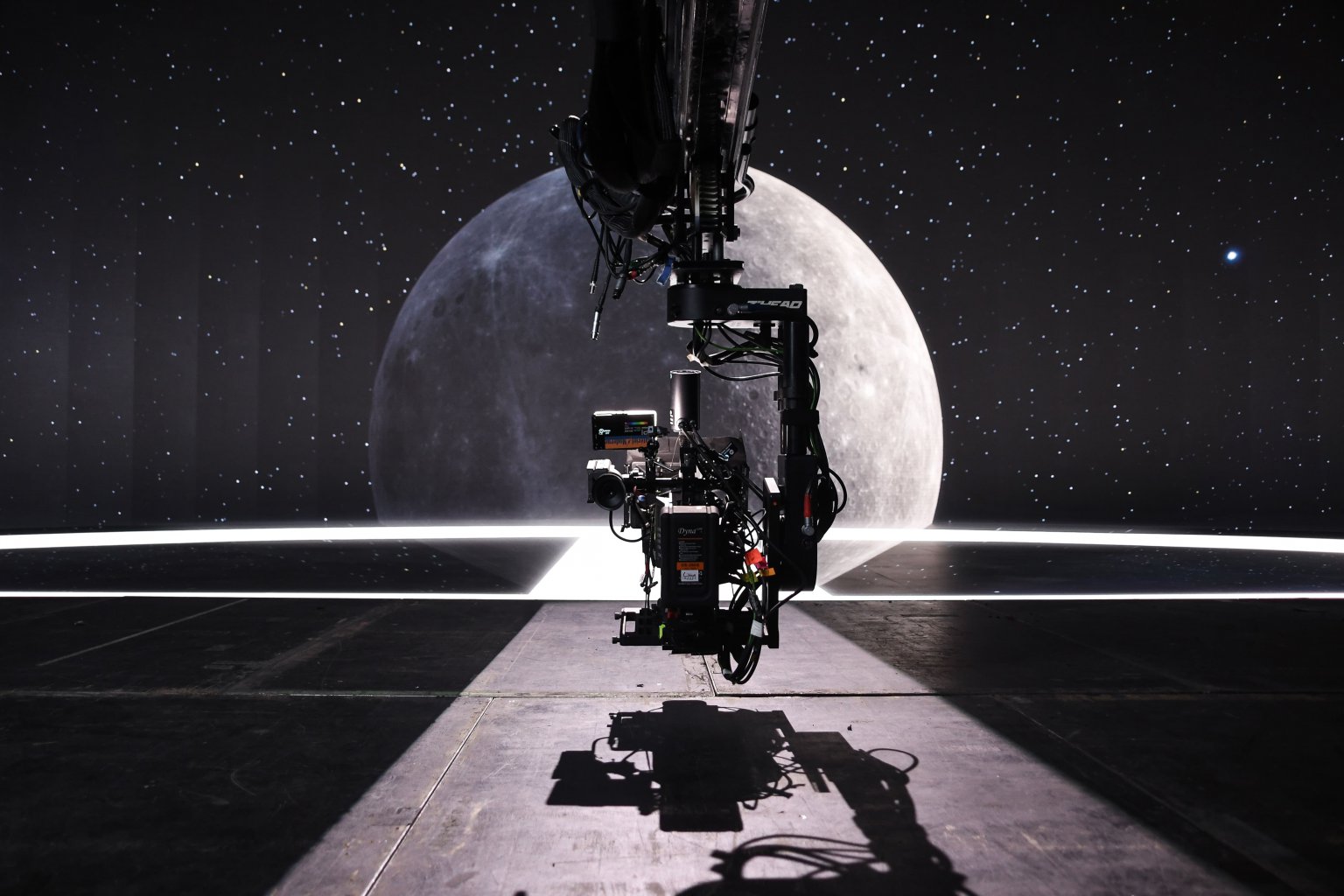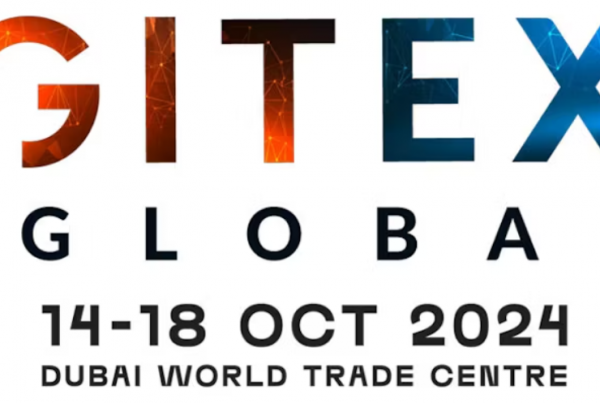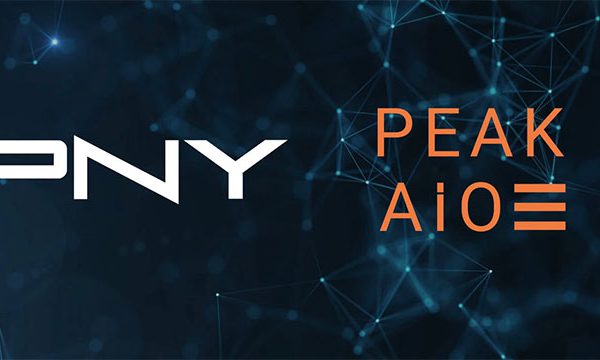Virtual production is a growing trend in the film and visual effects industry. It dramatically reduces post-production time as well as the production time itself. The near-final rendering is available right away.
Virtual production allows filmmakers to eliminate real effects or locations in favor of CG solutions, while providing the realism sought by increasingly demanding viewers. However, requirements such as extremely complex lighting, incredibly detailed geometries, and realistic textures require more than what consumer graphic card can provide.
Indeed, virtual production requires extremely powerful technology and compute-intensive requirements. The power behind these solutions ? It’s now in the NVIDIA RTX GPUs available from PNY Technologies.
Virtual production requires powerful professional graphics card like the NVIDIA RTX A6000 with its 48GB of GDDR6 memory specifically designed to produce the most realistic scenes in real time ray tracing with amazing cinematic quality in the most complex use cases in the media and film industry – a must for high resolution images.
“Photorealism is one of the most important aspects of our virtual production projects. The first step is to render a realistic background in real time in less than 40ms from a 3D scene. Each effect that increases this realism (Real time reflections, Ray Traced Occlusion and Global Illumination) increases the rendering time and the RTX A6000 cards have allowed the addition of different effects while staying under 40ms rendering time for a 4K stream at 25fps.” Quentin de Fougeroux, director of innovation at start-up MADO XR.
The device used on The Mandalorian took advantage of NVIDIA graphics processors, which offer unprecedented computing power. It is thus possible to go from a set in pre-production to the shooting of a scene in 24 hours. This speeds up the process, while improving the working conditions of the entire chain, from the technical team to the actors. Software tools such as Unreal Engine use on The Mandalorian and more broadly on the virtual production are also fully compatible with NVIDIA RTX professional GPUs.
Filmmakers know that lighting sets the tone of a given scene. With 84RT Cores and 336 Tensor Cores, The NVIDIA RTX A6000 accelarates photorealistic ray tracing up to 80% faster than the previous generation. This makes it possible to adjust multiple lights simultaneous while maintaining a constant framerate.
Quentin de Fougeroux (Director of Innovation at the start-up MADO XR) tells us how his virtual production projects have improved thanks to the NVIDIA RTX A6000 graphics card acquired from PNY Technologies: “The comparison with the RTX 8000 cards we had previously was unequivocal in favor of the RTX A6000. We have seen a nearly 50% increase in our rendering capacity. The video RAM has increased dramatically allowing us to use 4K and 8K textures in the majority of our scenes in production.
One of the main advantages of the RTX A6000 over the RTX 3090 beyond RAM is the ability to use it with NVIDIA Sync cards, which synchronize all of our render servers with the rest of the hardware chain in virtual production. Without this link, the renderings are out of sync and we then notice a break in the continuity of the rendering between the different screens which is unthinkable in our context.”
For more information on the benefits of NVIDIA RTX professional graphics cards for Virtual Production, contact the PNY team at pnypro@pny.eu







